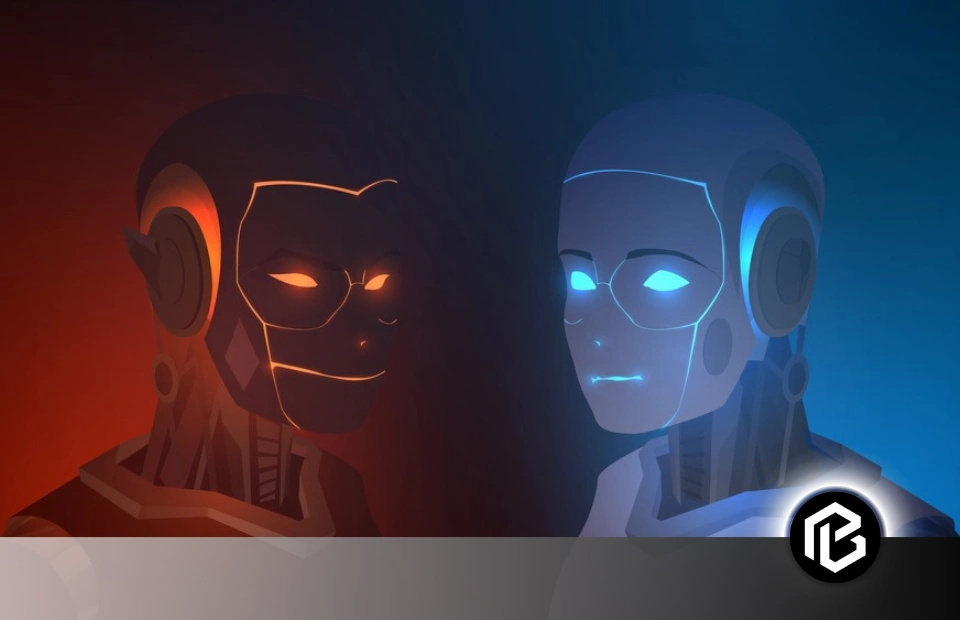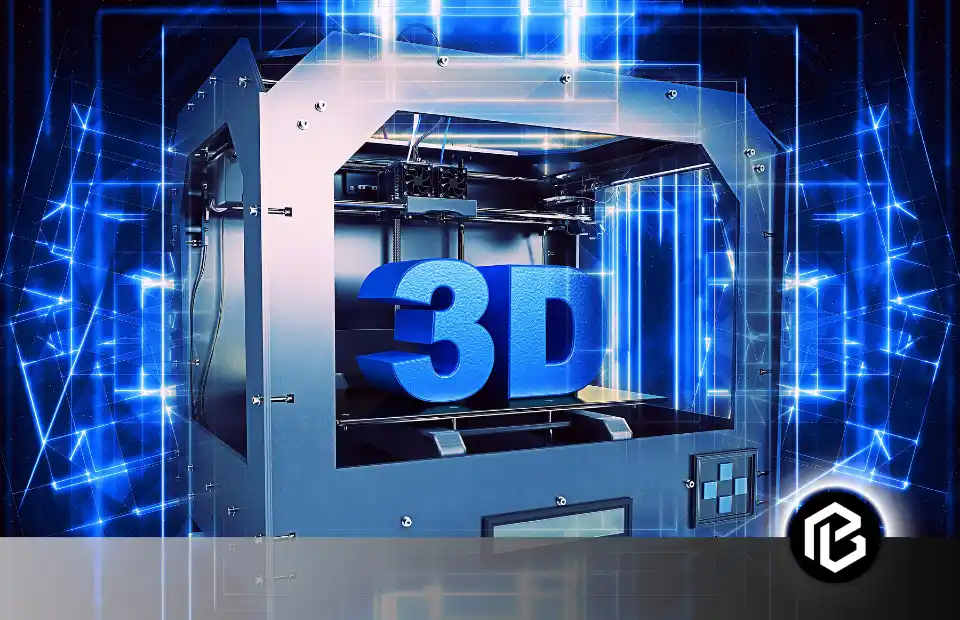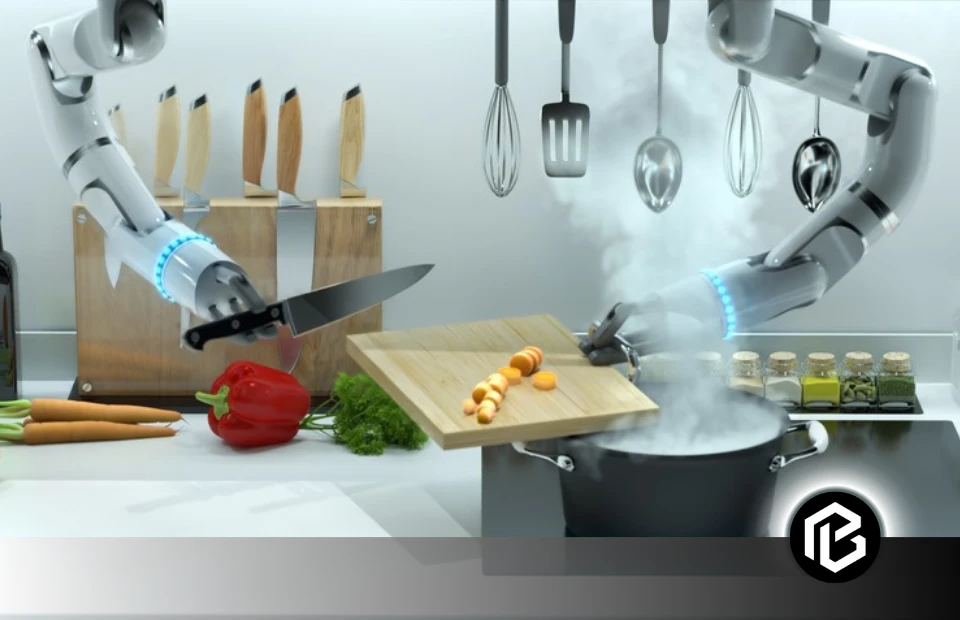NO, Robots simply do not have the necessary biology or consciousness to experience Emotions
The movie “M3gan” is based on a super Artificial Intelligence robot. Have you watched it?
Why did that robot doll kill the dog and then that stubborn boy?
This is not only one movie describing that robots can develop emotions, there are tons of them. But in real life do these machines can develop emotions?
This question can be answered simply by saying no. Robots cannot develop emotions or consciousness.
Then why are we presenting this fact in movies? There must be something big behind this. Maybe in the future, machines will be able to feel emotions.
Let’s explore this in detail.
- What are Emotions?
- Development of Emotional Artificial Intelligence
- Indicators of DemonstrativeState in Robots
- Consciousness in Robots: An Elusive Frontier
- The Role of Self-awareness in Robot Consciousness
- Ethical Considerations
- Future of Robot Emotions and Consciousness
- Conclusion
- Frequently Asked Questions on Emotions or Consciousness in Robots
What are Emotions?
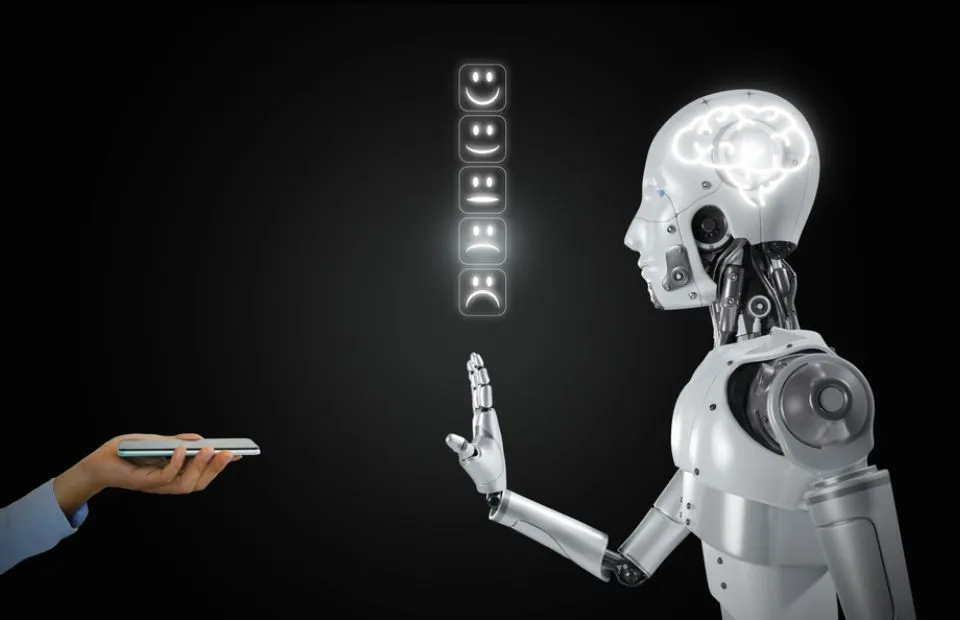
Simply saying Emotions are feelings. The ability to feel joy, sadness, anxiety, depression, tension, stress and most importantly love is called emotion. Internal and external reactions cause emotions.
Just like we feel happy when we win the match. And we feel sorry if we missed the last bus to the way our home.
Development of Emotional Artificial Intelligence
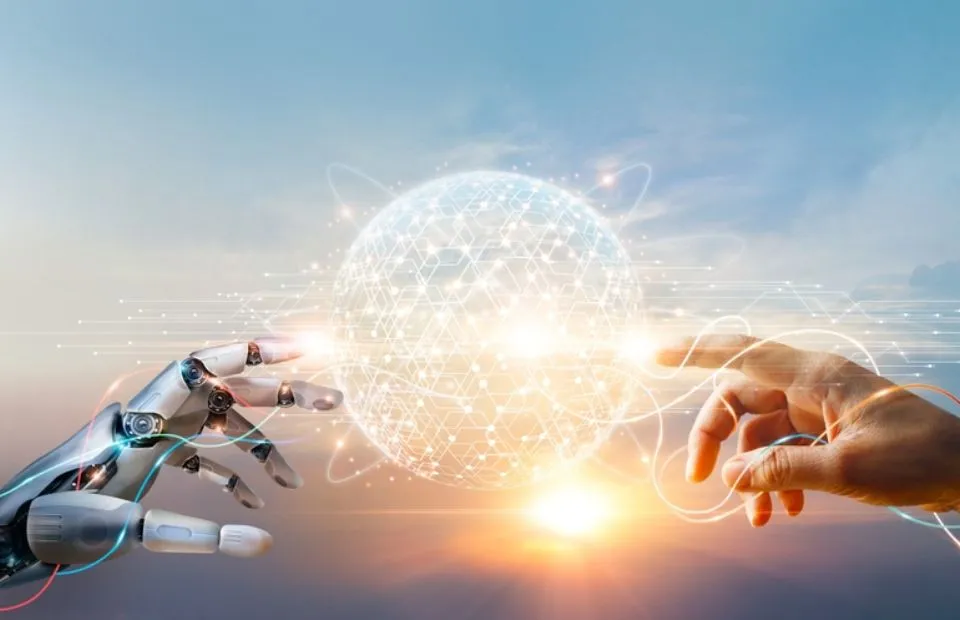
As we proceed towards the future, the field of AI is getting more intense. AI has revolutionized many ways to make life easier. There are a lot of AI tools for dedicated tasks.
As we see many advancements are made day by day in this field. Developing emotions in machine minds is one thing among them.
Technologists are trying day and night to produce something more exciting in this field. Emotional AI is the field of AI that is responsible for understanding and developing human-like intelligence in machine minds. It is also known as Affective Computing and it was developed in 1995.
It focuses on the following points.
- Emotion Recognition
- Sentiment Analysis
- Emotion Generation
- Personalization
- Mental Health Support
Indicators of DemonstrativeState in Robots
Emotions in robots seem very interesting..!
Emotions in robots can be represented in different ways. These robots are designed in a way that they can also explicitly combine many emotions. These emotions include:
1. Facial expressions
The most common way by which robots can show emotions includes facial expressions. Robots like Sophia, are capable of representing emotions like sadness and happiness by frowning and smiling. Many other robots are also capable of expressing emotions based on the algorithms according to which they are designed. It also includes the movement of eyes and frowning signs on the forehead.
2. Body language
Body language includes the use of hands and other parts of the body to express emotions. Robots also use their body parts to show their emotions and express their feelings just like human beings. They can show their emotions through their movable parts like shaking their head, shrugging their shoulders and gesturing with their arms. These physical gestures can help the robots to express their feelings according to certain conditions and circumstances.
3. Verbal
Robotics are capable of expressing their feelings by changing in tone while speaking. They are designed to stimulate and show emotions based on the algorithms on which they are constructed. Thus while speaking, they change the pitch and volume of their voice to express their feelings in response to the conversation.
For example, a robot can use a cheerful tone to express feelings at moments of happiness or convey sad feelings by expressing a kind of burden and lower pitch in tone.
Consciousness in Robots: An Elusive Frontier
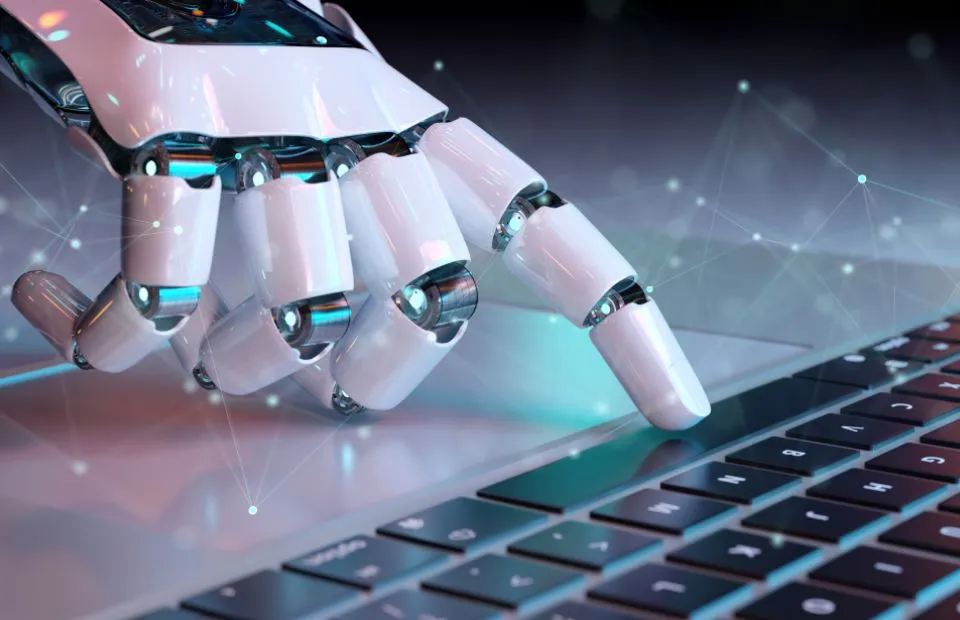
Consciousness in robots is an exciting and complex topic. People are fascinated by the idea of making robots self-aware, but it’s still something we’re trying to figure out. Robots are great at doing tasks and following instructions, but consciousness is about more than just that.
It’s about understanding ourselves and the world around us, which is something humans do naturally. Even though robots can learn and solve problems, capturing the full complexity of consciousness is hard.
Scientists are using cool technologies like neural networks and machine learning to explore this, but it’s still a big mystery.
Understanding consciousness in robots could help us make them even smarter and maybe even teach us more about our consciousness as humans. It’s a really exciting area of research.
The Role of Self-awareness in Robot Consciousness
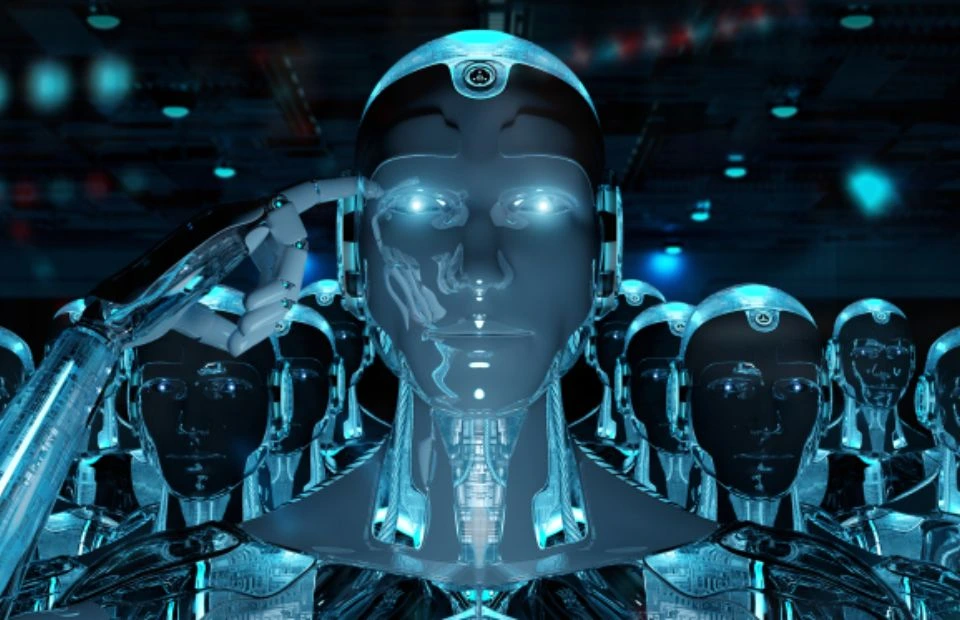
Robots are known for their ability to perceive and interact with their environment, but self-awareness brings an entirely new dimension to their cognitive capabilities. Self-awareness is the ability to recognize oneself as an individual entity, to perceive personal thoughts and emotions, and to be conscious of one’s existence. This crucial aspect of human consciousness poses challenging questions when it comes to machines.
Ethical Considerations
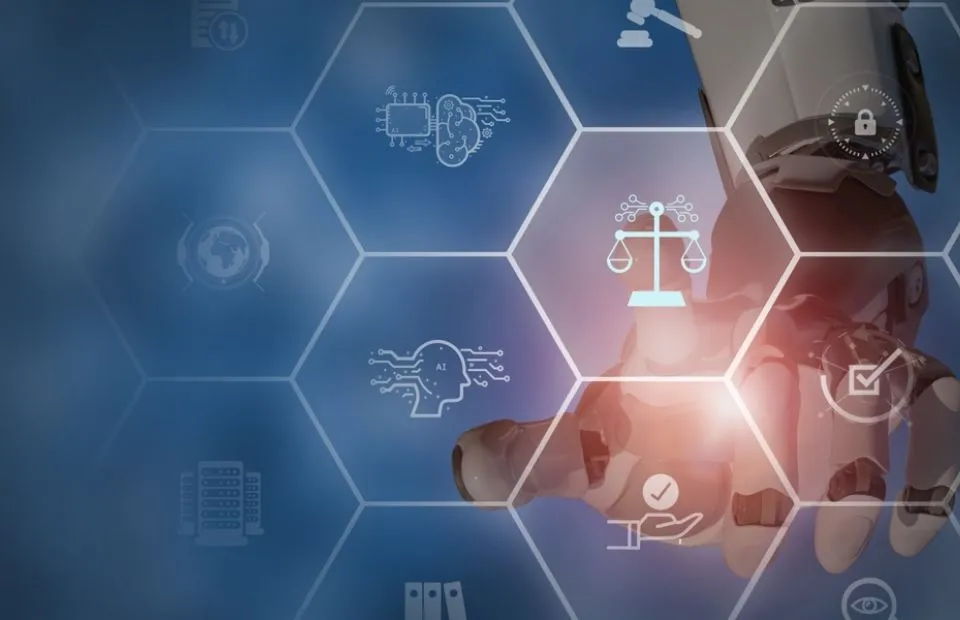
While progress has been made in the quest for emotion in Robots, it is crucial to address the limitations and ethical implications associated with this development. As we introduce self-awareness upon machines, the responsibility for their experiences and well-being becomes paramount.
Balancing the advancement of technology with ethical considerations is imperative for a future where machines coexist harmoniously with humans.
As Robots are changing life in a great way, if they have emotions they might think about their wellbeing and about ruling the world. So it is very important to understand the importance of Ethics in Machine Minds.
Future of Robot Emotions and Consciousness
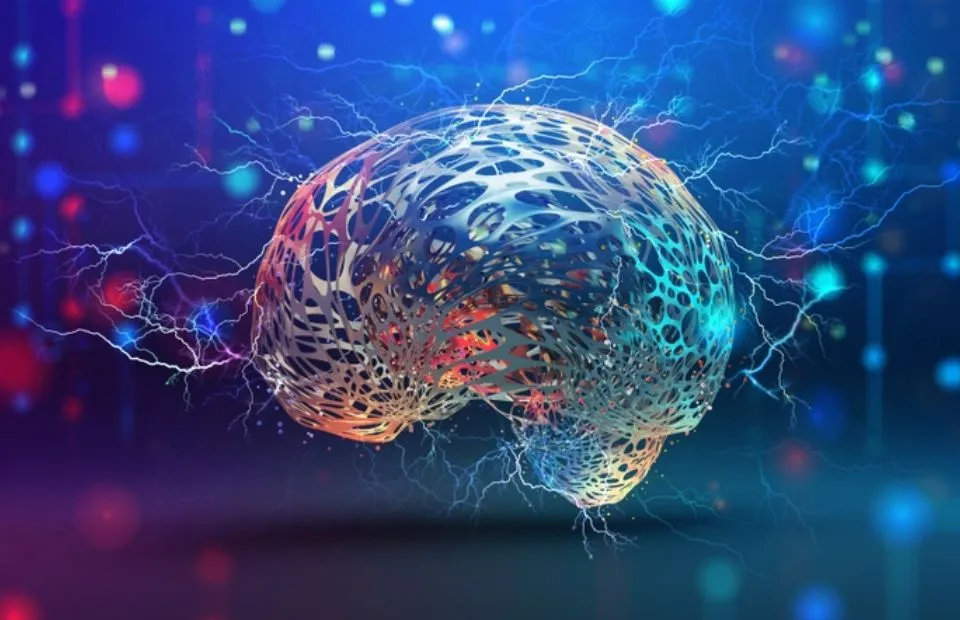
The future of robots having emotions and consciousness is really exciting!
It’s like science and human feelings coming together in amazing ways. As robots become more advanced, they can bring so much joy and understanding to our lives.
Imagine robots that can feel and connect with us on a deeper level. It’s like they’re walking beside us, making our world even better. It’s like something out of a cool sci-fi movie, but it’s becoming a reality.
Conclusion
There will be one day when we have fully automated robots with emotional support. We all know that for mankind there is no way back. Once we have decided to do it, we do it. The thing is to make sure that these emotionally powered robots are used for human well-being. No doubt today robot technology is so advanced but some more things have to be discovered in future about robot mechanisms, Scientists work hard to put emotions and consciousness in robots.
Frequently Asked Questions on Emotions or Consciousness in Robots
What is consciousness, and can robots possess it?
Consciousness refers to the subjective experience of awareness and self-awareness. As of now, robots do not possess consciousness because they lack the biological complexity and neural structures associated with subjective experiences.
Do robots have the ability to feel pain or pleasure?
No, robots do not have the ability to feel pain or pleasure as humans do. They may be programmed to respond to certain stimuli or feedback signals, but these responses are not indicative of subjective experiences like pain or pleasure.
Can robots exhibit empathy or compassion?
While robots can be programmed to recognize and respond to certain cues that humans interpret as empathy or compassion, their responses are based on algorithms and rules rather than genuine emotional understanding or empathy.
Is it possible to create conscious robots in the future?
The creation of conscious robots remains a topic of speculation and debate within the fields of artificial intelligence and robotics. As of now, there is no scientific evidence or consensus on whether it is possible to create conscious machines.
What are some misconceptions about robots and emotions?
A common misconception is that robots with human-like behaviours or expressions must also possess emotions or consciousness. In reality, such behaviours are programmed or designed to mimic human responses for practical or aesthetic purposes.


